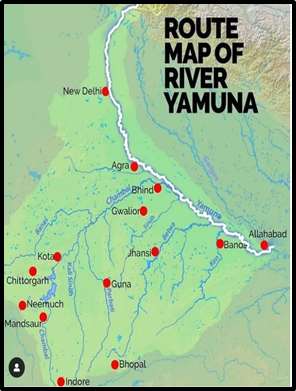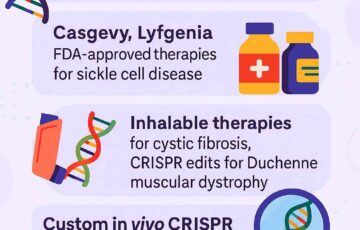“SUPREME COURT ORDERS EMERGENCY MEETING ON DELHI’S WATER CRISIS”
Why in the news?
- The Supreme Court directed an emergency meeting of the Upper Yamuna River Board on June 5 to address Delhi’s severe water shortage due to extreme heat and increased demand.
- The Delhi government highlighted that water levels at Wazirabad need to be maintained and requested Haryana’s cooperation, as the city faces frequent water supply cuts and acute shortages.
source:worldatlas
Key Facts: Yamuna River
- Source: Originates from Yamunotri glacier near Bandarpoonch peaks in Uttarakhand.
- Length: 1376 km.
- Flow Path:Flows through Uttarakhand, Himachal Pradesh, Haryana, and Delhi.
- Joins the Ganges at Sangam in Prayagraj, Uttar Pradesh (site of Kumbh Mela).
- Important Tributaries:Chambal, Sindh, Betwa, Ken, Tons, Hindon contribute to its flow
About Yamuna Action Plan:
About The Delhi Government’s Six-Point Action Plan to Clean Yamuna:
Associated Article: https://universalinstitutions.com/the-anatomy-of-the-yamuna-floodplains/ |





